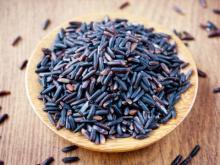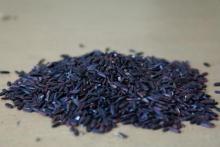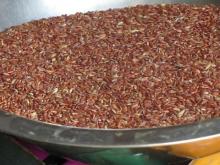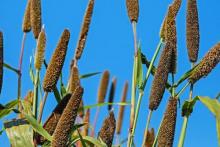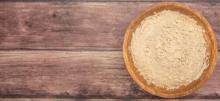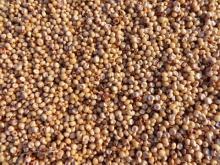Superfood 101: Couscous!
Couscous originated in the Berber tribes of North Africa and became a staple throughout the region. The Arabic word “kishusu” was a derivative of the Berber language. It came into existence between the11th century fall of the Zirid Kingdom and the rise of the Almohads in the 13th century. The first published mention of the food was discovered in an Arab cookbook in the 14th century. It was a popular food because it was easily prepared and convenient for nomadic tribes.



